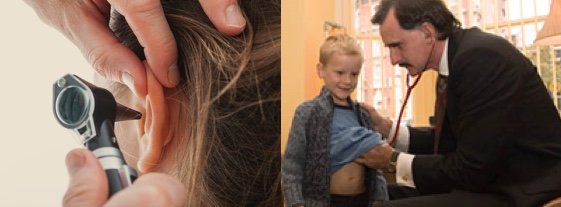Snoring
At the age of 35, 20% of men and 5% of women are affected. This increases with age and by 60 years 60% of men and 40% of women are affected.

Neck size, sleep position, excess alcohol, excess smoking and deep fatigue can all be contributory factors. Narrowing of the airway at any point from the tip of the nose to the windpipe can cause problems.
Partners, family members, or even work colleagues on business trips may complain. Some couples sleep in separate rooms with a resultant stress on relationships. Poor quality of sleep can cause depression, impaired intellectual function and excessive daytime sleepiness with obvious problems for those working with machinery or driving. Motor vehicle accidents have been reported. In its severest form (Obstructive Sleep Apnoea) impotence, elevated blood pressure, heart attacks and strokes can occur.

Of paramount importance is to identify the extent and anatomical site of the problem. A full history of the condition and related medical complaints including a sleep disorder questionnaire is taken. The nose and throat are examined using the latest minimally invasive endoscopes. Patients are provided with the innovative sleep apneograph with which to go home and sleep in their own bed while their sleep pattern is recorded. The information can then be downloaded and used to identify the site and extent of the problem after analysis.

Non-operative Treatment:
Stopping smoking, moderating alcohol and weight reduction may help but is often easier said than done. Many products on the market from chin straps to electric shock devices claim to help but without a proper assessment of the extent and site of the problem, and can subject patients to expensive and uncomfortable remedies with little chance of success. CPAP (Continuous Positive Airways Pressure) is effective but requires patients to wear a facemask while sleeping long term and is unpopular with many patients.
Operative Treatment:
A wide range of treatments are available including coblation, radio frequency and laser surgery reducing discomfort and inconvenience and are often available as day cases. The innovative sleep apneograph identifies the site and extent of the problem and enables customised planning of surgery to improve results.



